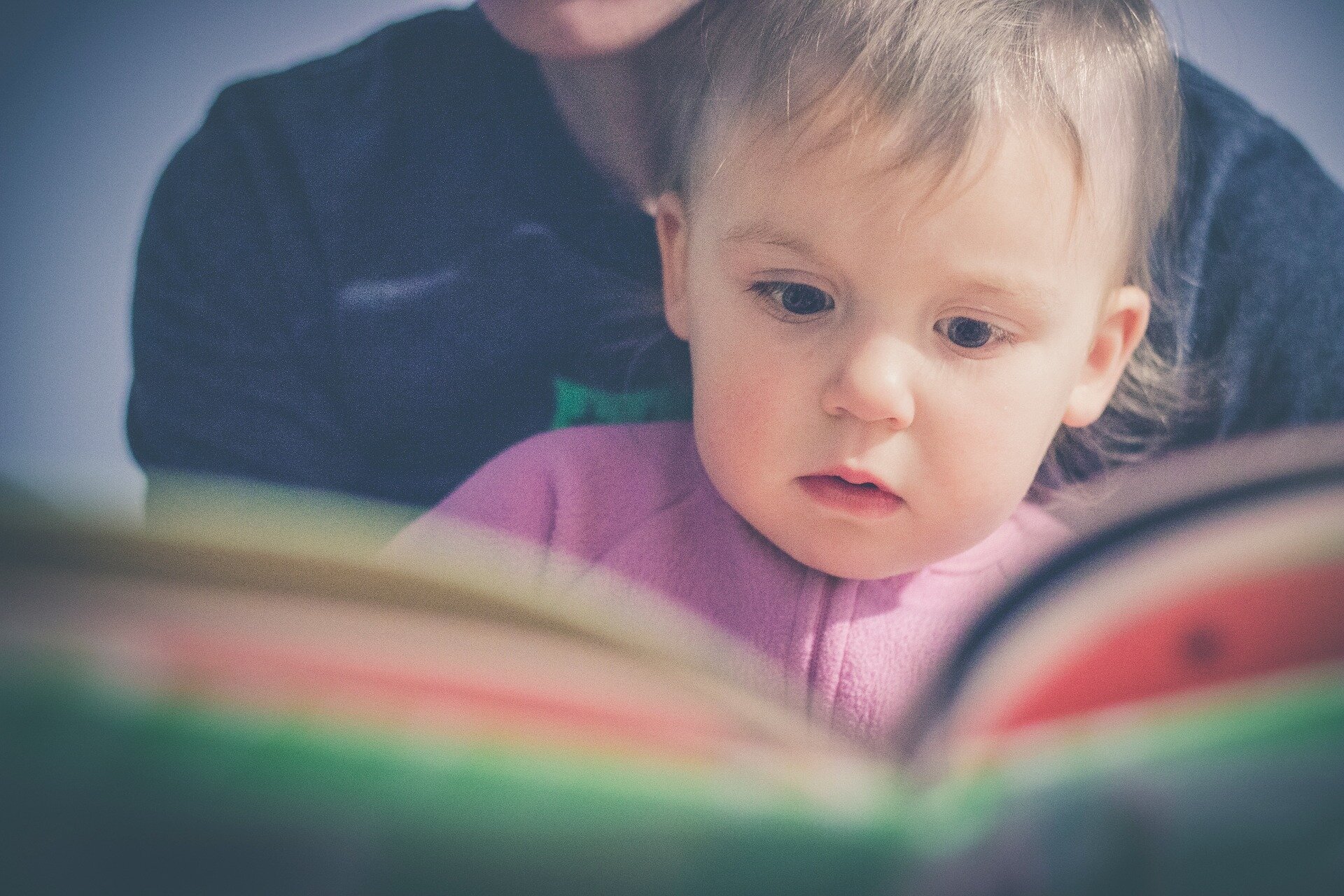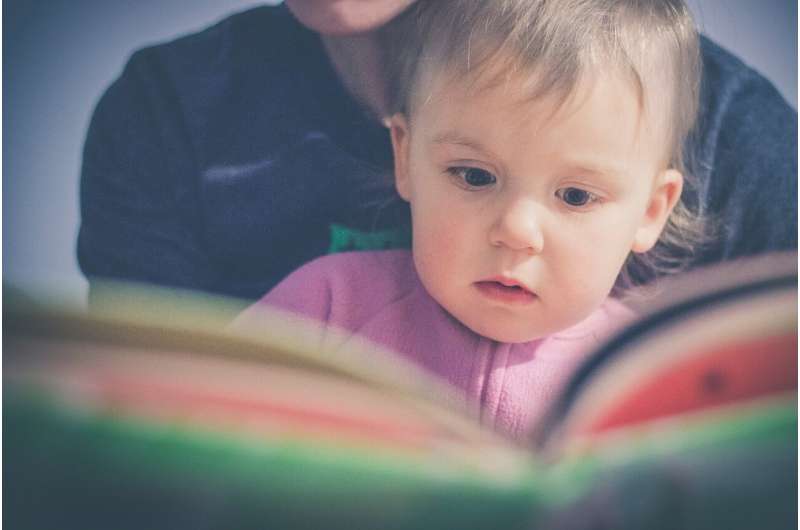

Dual-language books (DLBs) are ones with the story told in two languages—sometimes with both languages on the same page, and other times in a two-page spread with the first language on one page and the second language on the other.
In dual-language programs, where students learn in more than one language, some teachers don’t use these books because they think students will only read the text written in their dominant language.
To better understand how children read and understand DLBs, Assistant Professor Lisa Domke conducted a study with 63 Spanish-English bilingual third and fifth graders enrolled in dual-language programs at two different schools.
In the first part of her study, she asked participating students to choose a DLB, read it and answer questions about their experiences with the book. Which languages did they choose to read in the book, and why? What languages did they speak at home? Had they read DLBs before?
In the second part of the study, Domke asked students to read two pre-selected DLBs aloud, translate eight specific words (four in Spanish and four in English) and discuss how they translated those words. Students also had to retell four pages in each book and explain what elements on each page helped them in their retelling.
Her study, published in The Reading Teacher, found that more than 52% of students didn’t solely read the language in which they were more proficient, which addresses educators’ concerns about DLBs’ usefulness in dual-language programs.
“Children intentionally made language choices based on conceptions of language proficiency, interest and comprehension,” she wrote. “They also considered the fact that they were enrolled in a dual-language program with the goal of developing their bilingualism and biliteracy.”
Students used a few different strategies to translate words from one language into another. Third-graders were more likely to look at where the words lined up on the page in one language compared to the other and where punctuation marks fell in each sentence or paragraph, which caused some mistranslations. Fifth-graders, by contrast, were more likely to use their prior knowledge of nearby words’ translations or already knew specific words in the non-dominant language.
In the study’s read-aloud and retelling portions, students’ oral reading accuracy scores were higher in English than in Spanish, and less than 20% of students used the Spanish text in their retellings.
These results indicate that students in dual-language programs need more specific, guided exercises to help them make connections between the languages, and DLBs can be a key part of their curriculum.
“Although teachers cannot just hand students a DLB and assume they will reap the full benefits of their design, DLBs are still powerful tools, as long as paired with instruction, to help children compare and contrast languages and teach them to use their full linguistic knowledge, rather than relying solely on general page location or words’ alignment,” Domke wrote.
“With guidance, DLBs can help students bridge languages, which is critical in dual-language bilingual classrooms and all classrooms with multilingual learners.”
More information:
Lisa M. Domke, Biliteracy in Bilingual Programs: Understanding how Children Read Dual‐Language Books, The Reading Teacher (2023). DOI: 10.1002/trtr.2271
Provided by
Georgia State University
Citation:
Study explores how children engage with dual-language books (2024, October 16)
retrieved 16 October 2024
from https://phys.org/news/2024-10-explores-children-engage-dual-language.html
This document is subject to copyright. Apart from any fair dealing for the purpose of private study or research, no
part may be reproduced without the written permission. The content is provided for information purposes only.